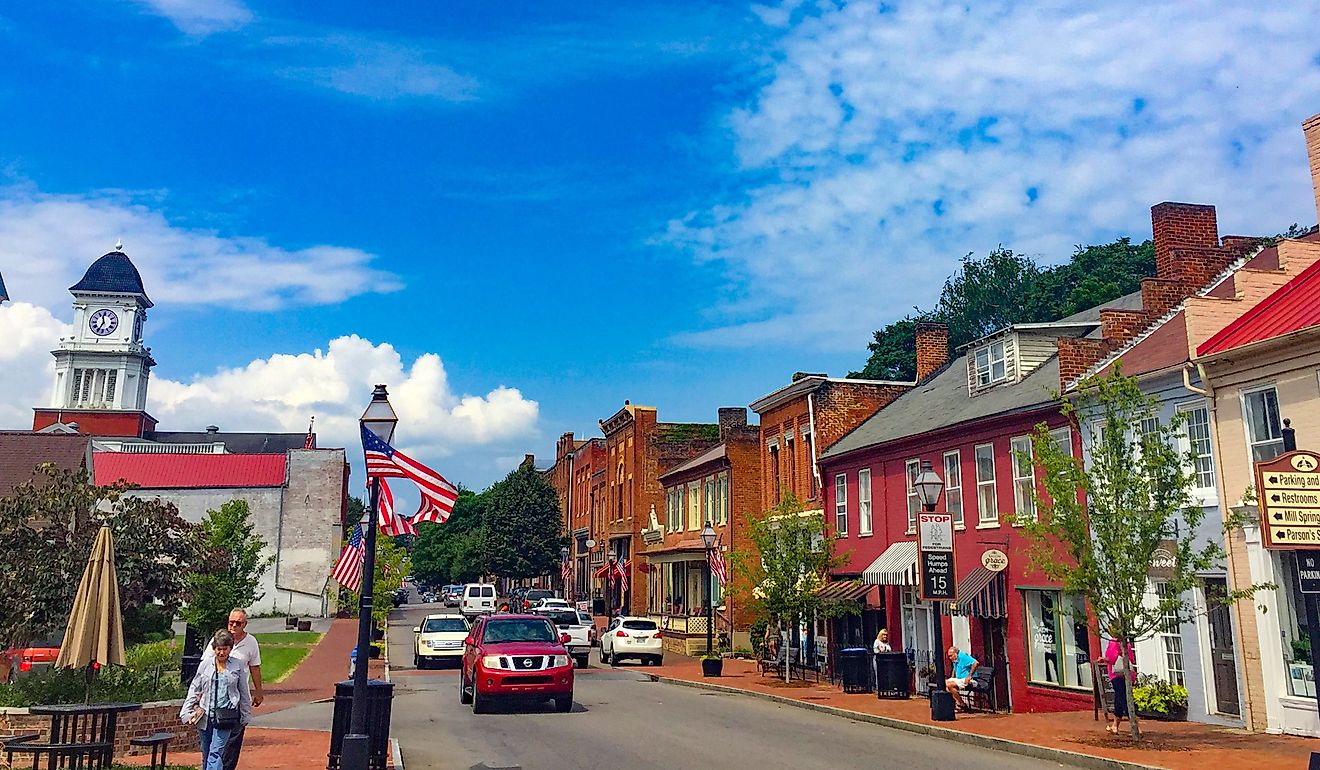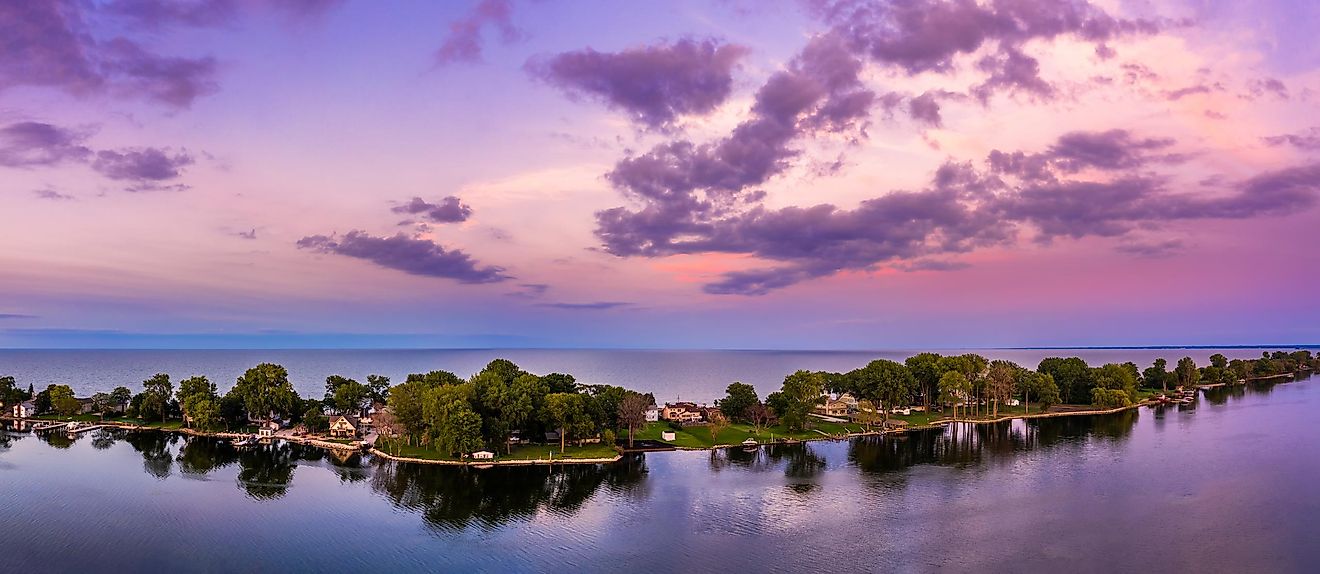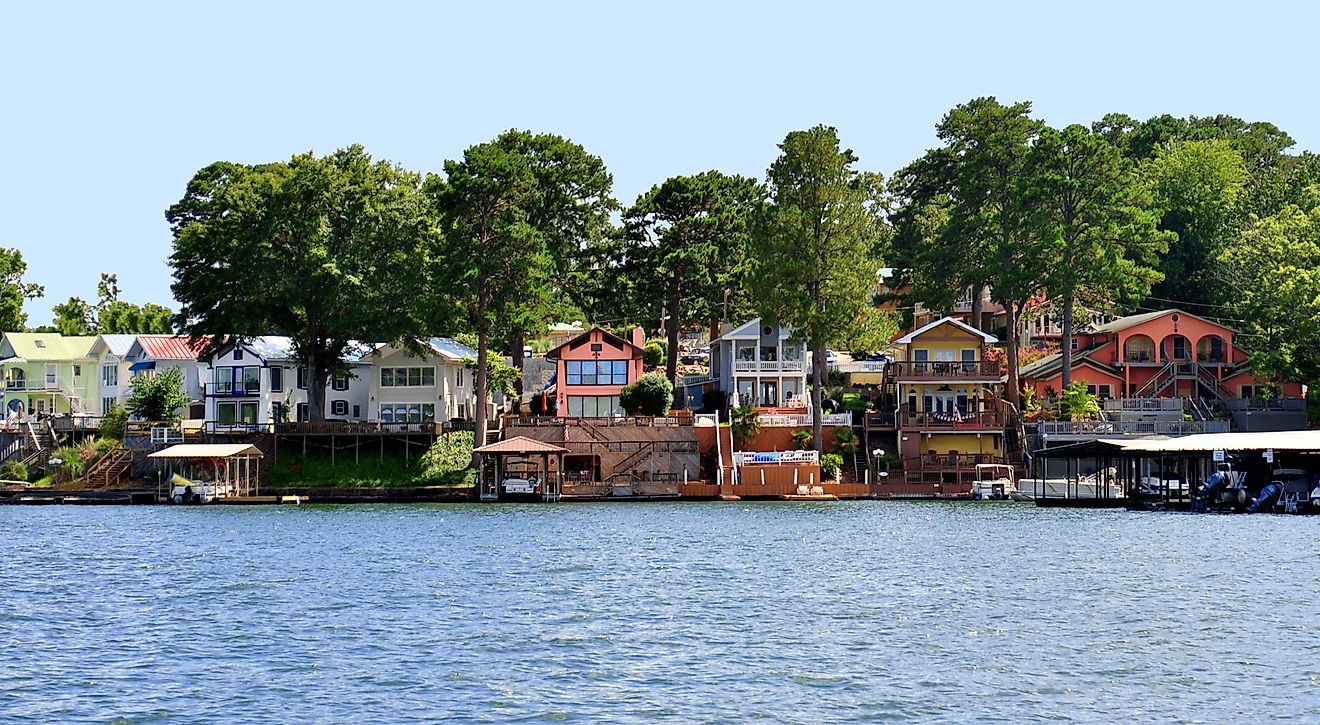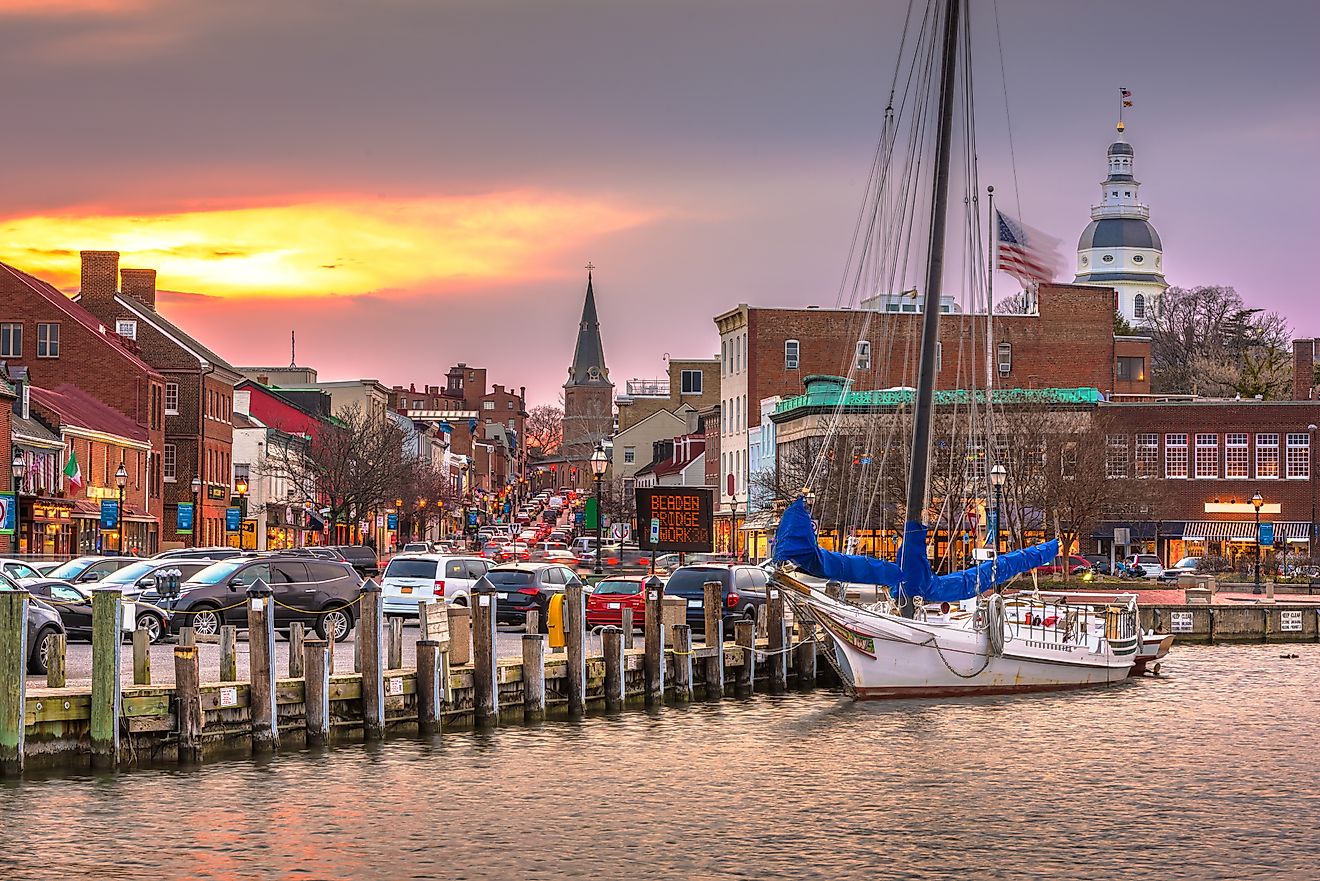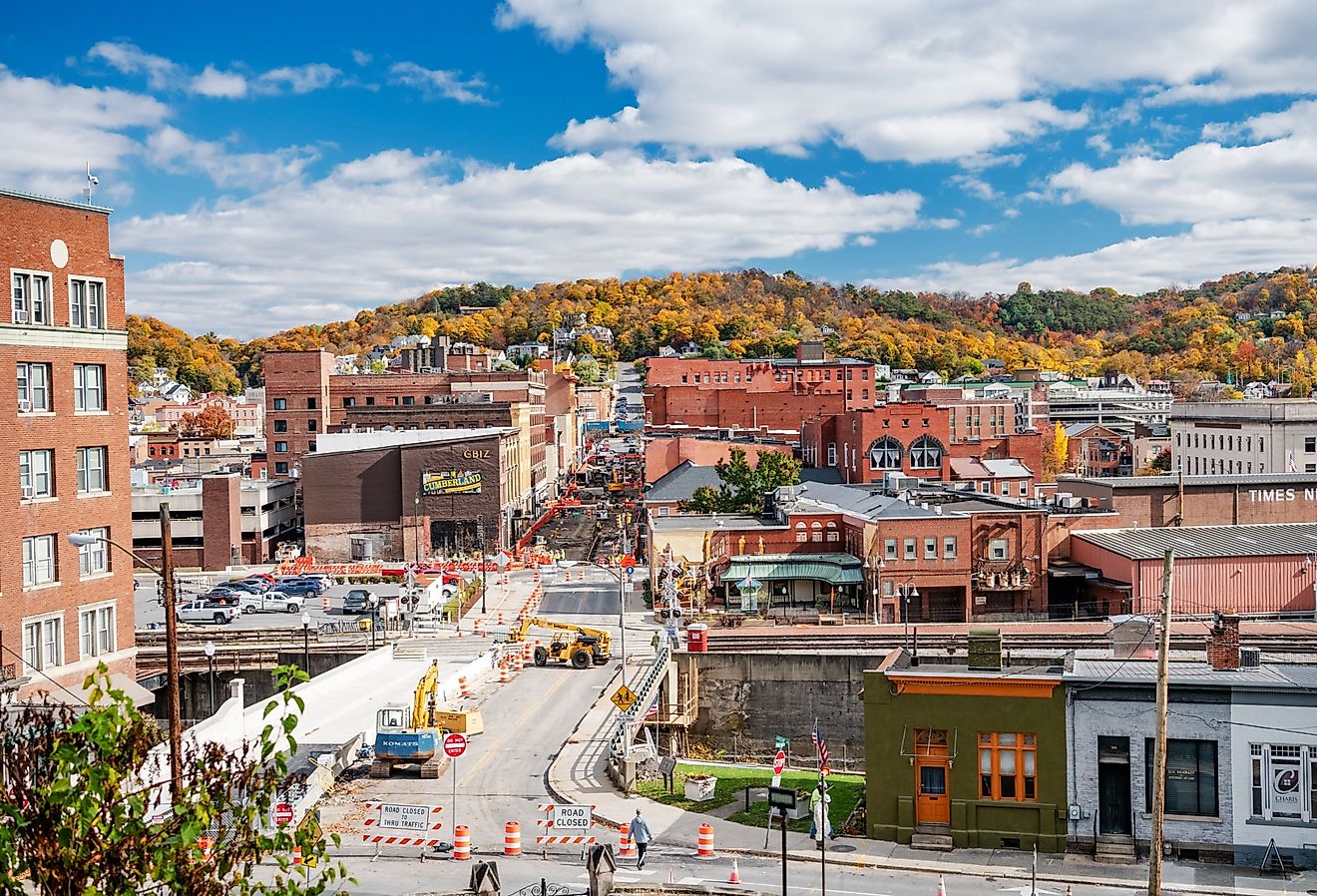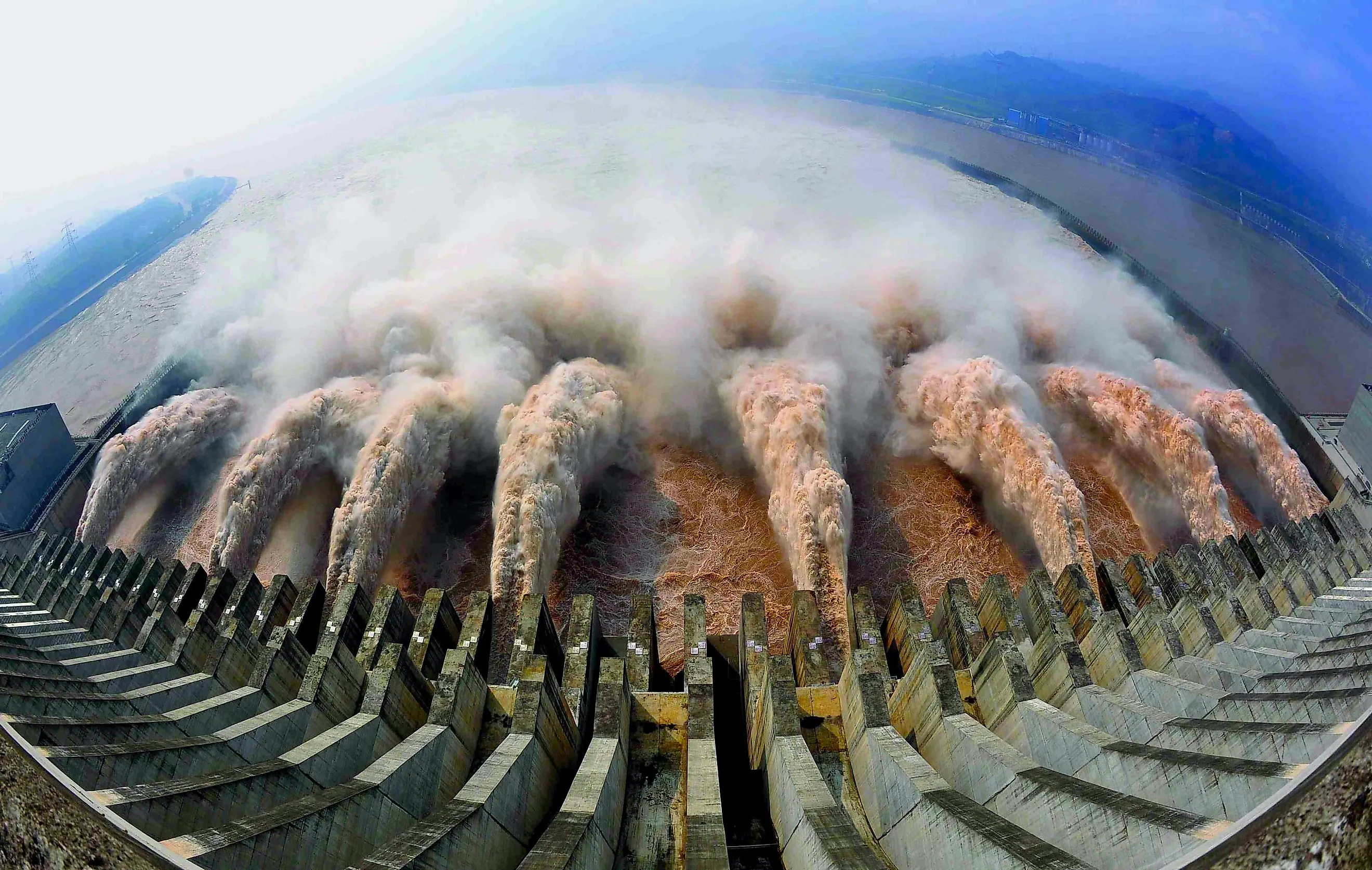
Three Gorges Dam
Built in 2006, the Three Gorges Dam is one of China's most ambitious engineering projects and also one of its most controversial ones. Located on the Yangtze River, by the town of Sandouping, Yichang, in China's Hubei province, the Dam is just downstream of the Three Gorges, from which it gets its name. Although construction on the Dam's body finished in 2006, it became fully operational in 2012, when its accompanying hydropower plant became completely functional. China views the Three Gorges Dam as an engineering marvel and a necessary solution to certain problems despite the ongoing criticism it invokes. Here are some interesting things about this object of admiration and controversy.
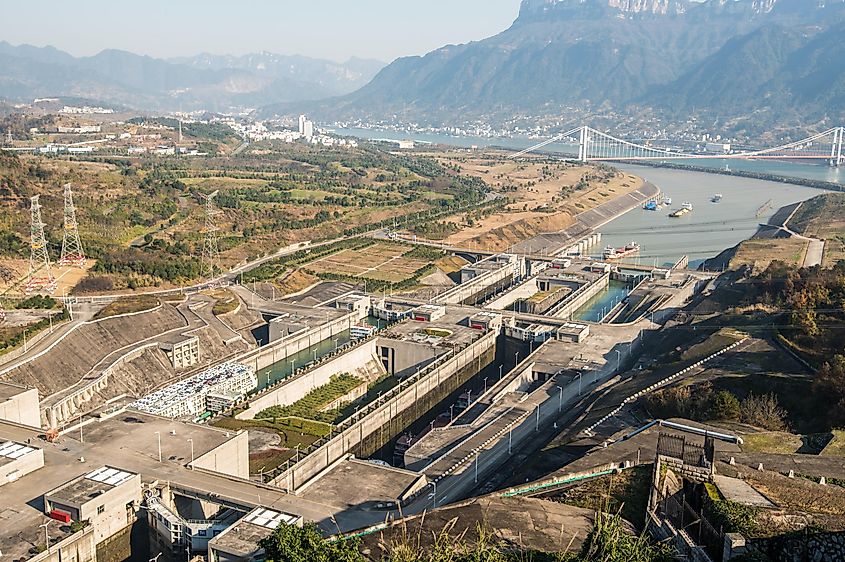
With a length spanning 1.4 miles, and a height of 607 ft, the Three Gorges Dam is the largest dam in the world. Made entirely of concrete and steel, the 21 million cubic yards of concrete used for its construction constitute a world record, and the 463,000 tonnes of steel used to build it could build up to 63 Eiffel Towers. The Dam has a Five-tier Ship Lock, also the largest in the world, which huge freight ships can use to ascend forty stories in five stages to pass through it. Smaller boats and ships can use the ship elevator, built in 2015. Many tourists visit the area just to see these engineering marvels. In 2012, the Three Gorges Dam produced 22,500 megawatts of electricity, which made it the "most productive hydroelectric dam in the world."
Origin Story
Although construction on the Three Gorges Dam began in 1994, the original proposal to build it came from Sun Yat-sen, founder of the Republic of China, in 1919. He felt it would be helpful to prevent floods in river communities. Mao Zedong supported the idea, but it would take another seventeen years after his passing for work to begin on the Yangtze River. Interestingly, the legislation approving work on the Dam passed with approval of only 67.75% of the delegates.
Benefits
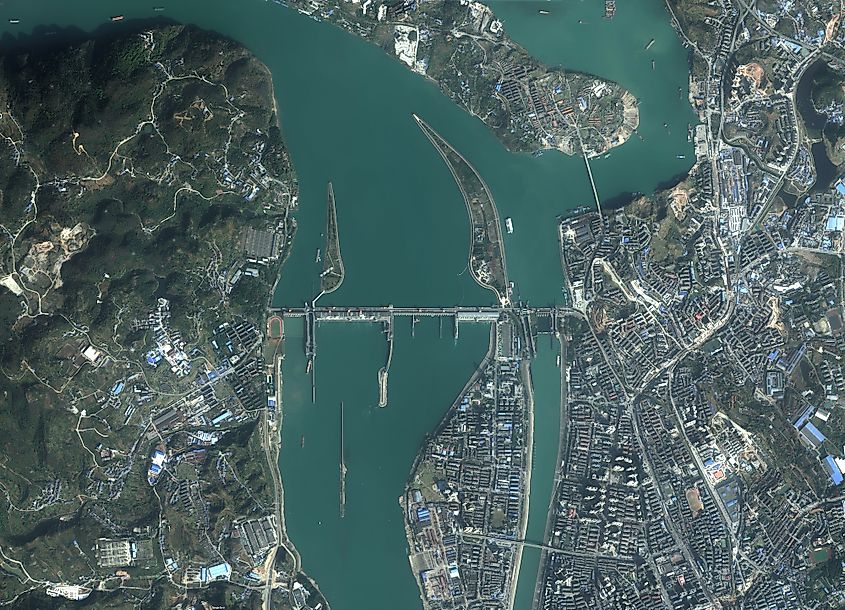
The main reason for building the Three Gorges Dam was to control heavy floods. The reservoir situated upstream is meant to trap rainwater and release it in a controlled way so it does not cause flooding downstream. Its design ensured that it would also generate enough electricity to keep up with China's economic and population growth. With its ship locks and ship lift, the Dam has contributed to making shipping safer and has increased river shipping from ten million to 100 million tonnes annually, thus cutting down on transportation costs significantly.
Apart from these practical and real benefits, the Dam symbolizes China's technological expertise. As one of the few artificial creations visible from space, it is a symbol of national pride for most Chinese. Not everyone feels the same way, though.
Human Cost
The Three Gorges Dam project had many detractors from when Sun Yat-Sen came up with the proposal in 1919. During Mao Zedong's time, several engineers who criticized the plan faced imprisonment. One of the reasons for its criticism is the human cost incurred by its construction. At least a hundred workers died during its construction, and over 1.4 million people living along the river faced displacement and had to give up their ancestral homes. The Dam's completion also led to the submerging of two cities, 114 towns, and 1,680 villages along the river banks. The government promised compensation for the displaced people through payments, new homes, and new jobs. Unfortunately, corruption and embezzlement did not allow the fulfillment of these promises.
Environmental Impact
A project of the scale and size of Three Gorges Dam is bound to have environmental repercussions. Geologists believe that the huge weight of water collected in the Dam has started to erode the river banks. A combination of this with fluctuating water levels has resulted in several landslides over the years.
The Dam's location is near two major fault lines, and scientists believe that the weight of the huge reservoir, as well as the presence of water, which permeates the rocks below, has increased the number of earthquakes in the region.
Other environmental concerns include water contamination, reduction in forest cover, which has negatively impacted wildlife, and a loss of archeological and cultural sites, specifically those believed to belong to the Ba people who lived in the area 4000 years ago.
The Dam Now
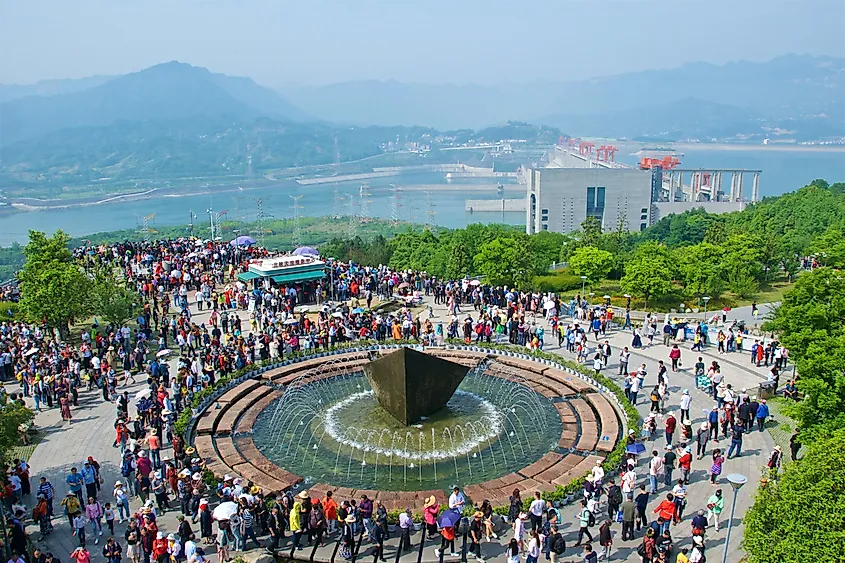
In 2020, the Yangtze basin recorded the highest rainfall in sixty years. This caused the river and its tributaries to overflow, resulting in the loss of around 158 lives, the displacement of around 3.67 million people, and economic losses amounting to $20.5 billion. The Chinese government remained adamant that the Dam had done its job and controlled more intense flooding. However, geologists who monitor river flows across multiple gauging stations disagree. Researchers and experts believe that the Three Gorges Dam is actually too small to contain the amount of water that flows downstream during torrential rainfalls and severe flooding. One problem is that the water from heavy rains in the areas around the middle and lower part of the Yangtze does not even go through the reservoir, so obviously, there is no way for the Dam to control it.
The decision to build the Three Gorges Dam may continue to be a topic of debate for many years to come, but the fact remains that the Dam is here to stay. It continues to be a source of pride for the Chinese people, and many tourists, especially those interested in engineering, come from all parts of the world to see it. However, it is imperative for the Chinese government to consult with scientists and geologists before deciding to build subsequent dams.
